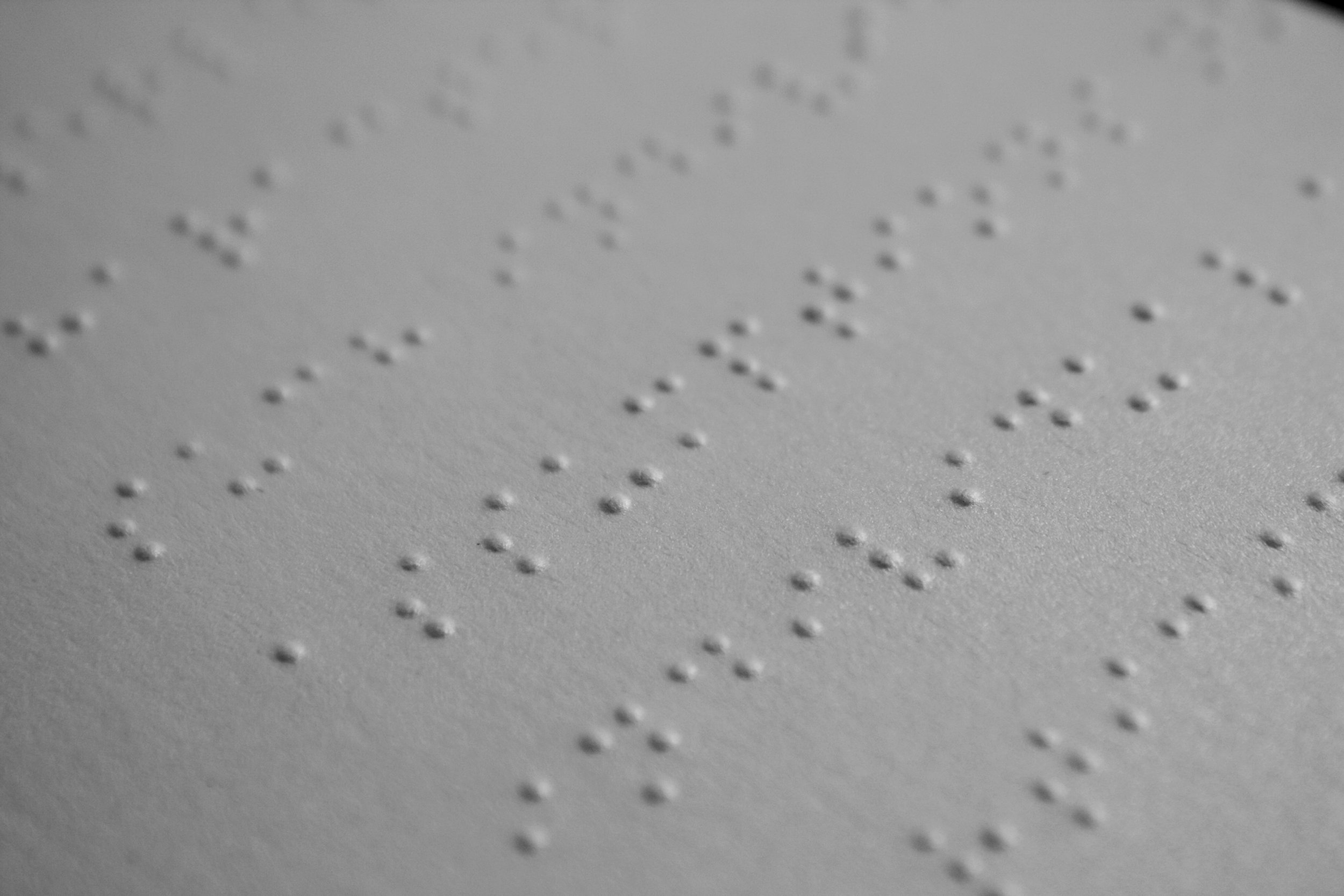
Carte blanche: complete discretion or authority of a person, place, or thing. Translated from French as “blank card.”
American with Disabilities Act of 1964:
“Individuals with disabilities are a discrete and insular minority who have been faced with restrictions and limitations, subjected to a history of purposeful unequal treatment, and relegated to a position of political powerlessness in our society, based on characteristics that are beyond the control of such individuals and resulting from stereotypic assumptions not truly indicative of the individual ability of such individuals to participate in, and contribute to society.”
This senior-level design project required a limiting set of design features: three images, three vector icons, three shapes (circle, square, triangle), a single line, and 500-words of text. Choice of subject matter was open-ended.
The intention behind this project was to bring an awareness to handicap accessibility and discriminatory issues against those with impairments. A dual message is conveyed through the experimental typography and Braille embossing, as not to inundate the viewer with excessive copy while also communicating to two different target audiences. The message on the front is a segment taken from personal accounts in a New York Times article written by a handicapped author. The braille message is a section sourced from American's with Disabilities Act, which a segment is featured in text on the left. Referential imagery included works from W. Eugene Smith, American photojournalist whose photo essays explored WWII imagery, the health effects of radioactive pollution in Japan, and international conditions of poverty of the mentally unwell.
This project was the most personal of all my undergraduate design education. To quote Andy Chen in his Design Observer article titled, “the Value of Empathy”:
“Design ought to serve as many people as possible and ought to center on fulfilling both the aspirations and needs of human beings, in accordance with a ‘human-centered’ approach. ‘Designing with’ rather than ‘designing for’.”





